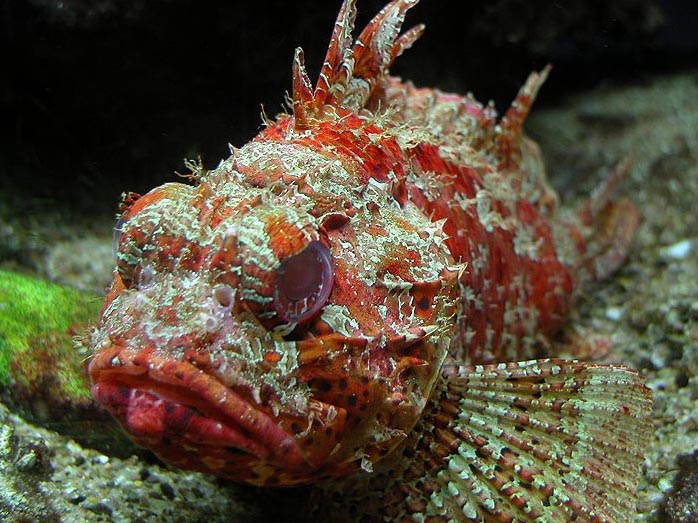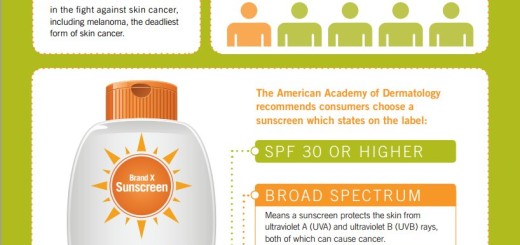When is it ok to pee on your new wife? Part 2- stingrays/sea urchins/venomous fish
Welcome back, sea explorers. In Part 1, we discussed what to do with stings from Cnidaria (jellyfish and related creatures). Now I want to talk about things that don’t sting but, rather, cut and puncture you. I’ll also tell you what happened to my friend’s new wife.
Sea Urchins
Sea urchin spines not only get stuck in you and hurt, but they even have little “jaws” called pedicellariae that can clamp into your flesh making them hurt even more and even harder to remove.
The sea urchin spines can cause issues because:
1. Embedded spines cause mechanical cuts and pain. They can cause a local inflammatory reaction. This can cause pain, swelling, and redness lasting a few hours.
2. 80 of the 6000 species of sea urchin are venomous to humans and can cause partial paralysis of a limb, trouble breathing, or other systemic symptoms.
To treat:
1. Soak the wound in hot water (50°C). While the nematocysts from Cnidaria are usually neutralized by vinegar, most other toxins in the sea are neutralized by heat.
2. Remove protruding spines. Purple or black dye from the spine may tattoo the skin for 48-72 hours and make you think there is spine still under the skin. You will probably mess this up, because the spines are ridiculously brittle and most of them will probably just break off in the skin, but do your best. The spine will need to be removed surgically if it’s in a nerve or tendon or joint, otherwise it’s usually not a big deal, just do your best.
3. Take over the counter medications for pain and itching. Take ibuprofen or acetaminophen for any pain. Use benadryl or antihistamines for itching. Keep the area clean.
Stingrays
Stingray tails have up to four sharp, barbed stingers that can cause serious damage through deep puncture and possible venom injection. Death can occur if you’re unlucky enough to be stabbed in the chest or important organ (think Steve Irwin…I know, death by stingray tail to the chest?! What?!!). Pain usually increases over 1-2 hours but then improves over the next 48 hours. The venom can cause nausea, vomiting, diarrhea, muscle cramps, paralysis, local skin breakdown, and severe systemic reactions causing problems with the heart and breathing.
To treat:
1. Remove the spine/barb.
2. Clean the wound with soapy water.
3. Soak the wound in hot water (50°C) for 30-90 minutes. Similar to sea urchin venom, the venom is broken down by heat.
4. Keep the wound clean, take over the counter medications for pain and itching. You will need a tetanus shot if you haven’t had one in 10 years.
5. You will need a hospital if you have severe systemic symptoms (trouble breathing, heart beating irregularly, etc). Intravenous calcium has sometimes been reported to help with muscle spasms.
Venomous Fish
In general, most venomous fish stings are treated the same as the stingray injury above. Most venoms are destroyed by heat and 30 minutes in 50°C water should do the trick. For some particularly toxic fish, such as the stonefish, there is antivenom that can be given to neutralize the venom. The stonefish’s cute and cuddly face is pictured above. Stonefish toxin has a venom that has been compared to that of the cobra.
Infections
Since you’ve made it this far I can finally tell you what happened to my friend’s wife. As you remember, she had a run in with some coral and her leg was burning. Unfortunately for her, it had been a few days since the injury and the leg was still burning. Her leg was starting to turn red. I told my friend he should pee on her leg, but he was too smart to fall for such silliness. Instead, he asked the appropriate question: could it be infected?
See our article Does this look infected?
While there will often be some pain, swelling, and redness from the general irritation of the injury or even the venom, if the symptoms continue or worsen after 24-48 hours, you should start to think about an infected wound. Most of you out there are pretty filthy and your skin is covered in bacteria at any given moment. (Actually, it doesn’t matter how clean you are, we are all covered in bacteria at all times.) Any break in the skin can push this bacteria into a wound and if you don’t clean the wound well the bacteria can set up shop and grow into a legitimate colony.
The ocean is even worse because there are all kinds of bacteria not found on solid ground. For the nerds and medical pros out there: these include Vibrio species, Aeromonas hydrophila, Edwardsiella tarda, Erysipelothrix rhusiopathiae, Mycobacterium marinum, and Streptococcus iniae. Most of these can be taken care of with a short course of oral antibiotics. The best antibiotics to kill these specific bacteria are called fluoroquinolones (i.e. ciprofloxacin, levofloxacin).
My friend’s wife took a few days of ciprofloxacin and her leg was back to normal. They haven’t surfed together ever since, but the honeymoon was a success and they are still happily married.
Good luck on all your seafaring adventures. If you get stung, bitten, or stabbed, just remember: vinegar for Cnidaria, hot water for the rest, and stop pestering the poisonous marine life you undersea hooligan.
Special thanks to toxicologist Dr. Annie Arens Schwartz; toxicology fellow and emergency physician at UC San Francisco for her words of advice on marine injuries and infection treatment.
Image Credits: www.bbc.co.uk, eatsomethingsexy.com, asnailsodyssey.com, wikipedia.org







Your Thoughts